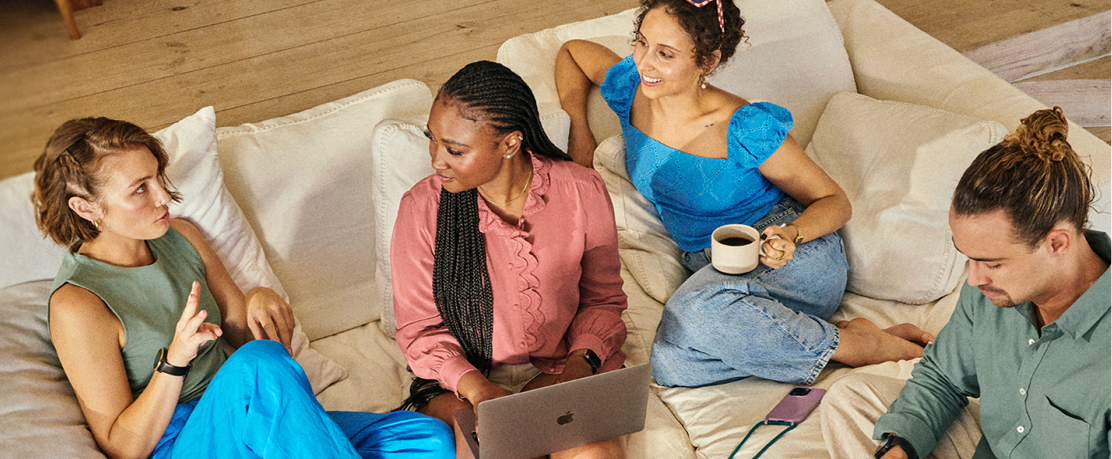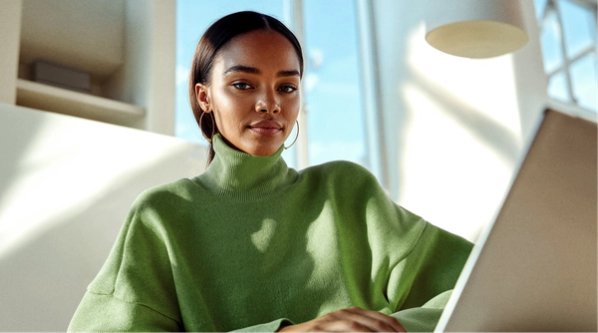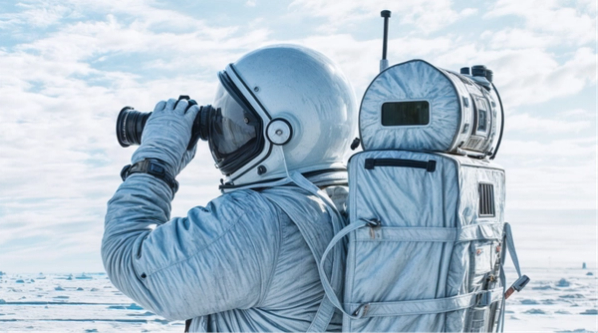What’s Included in a Branding Package & What Does It Cost?

A comprehensive branding package is essential for establishing a cohesive and memorable brand identity. Investing in a well-crafted full branding package not only enhances brand recognition but also builds trust with your audience, setting the foundation for successful marketing efforts.
Read below what is included in a branding package, how much it costs and which service will be the best for your business or next campaign.
Before you can roll out on-brand designs, you need a robust brand identity package, but...
- What does a branding package include?
- How much does a branding package cost?
- And where do you even begin with selecting the right design partner to help you develop your brand?
If you haven’t been through the brand development process before it can be difficult to know what to expect.
In this article, we’ll cover some of the above questions, as well as show you what you should anticipate when working with a great design company to get a branding package.
First, let’s break down what a branding package is and what it contains.
What Is a Branding Package?
In a nutshell, a branding package is a set of digital and physical resources developed to establish a brand's image.
Each item in the package reflects a desired style that brings together a company’s assets and communicates a cohesive message across channels. The consistency of these details is what helps to define your brand and builds trustworthiness and security amongst your audience.
This is often referred to by different names:
- Branding packages
- Business branding packages
- Brand identity packages
- Corporate identity packages.
Whichever you are looking for, they mean the same thing: branding services.
The most common scenarios where companies are looking for a branding package include:
- A new business going live
- Overhaul of an existing image after completing a brand audit
- A brand refresh or update
- Launch of a major enterprise marketing campaign
What is Included in A Branding Package?
When you hire another company to create a brand identity package (sometimes referred to as a brand kit), at a bare minimum you should get;
A good design company will also look into your marketing strategy, competitive research, customer feedback and any other essential criteria to create a branding package that aligns with your goals. That’s of course assuming your brand isn’t completely brand new, so you have that data and information to use!
Logo and Visual Identity
The logo is the cornerstone of your brand’s aesthetic and company association. As an inherent part of your visual identity, you need to invest more in the quality of your logo design as this will set the tone for the rest of the branding to follow.
Ideally, the logo design must be finalized before exploring other branding elements.
While a logo can contain a combination of text and images to represent your brand, visual identity defines your brand’s color palette, typography, variations of your logo, and any photography that embodies your brand's personality.
Together, your logo and visual identity illustrate who your brand is and how you're unique.
Here are some brand identity examples to help figure out some starting points.
Brand identity design crafted by Superside for our client Kadens.
What to expect:
Most corporate identity packages should include the following as part of logo creation:
- At least high-quality 3-5 design concepts upfront before a favorite is selected, crafted and refined
- Primary custom logo design that will serve as your brand's primary identifier
- Secondary logo variations: these can include stacked, horizontal or vertical applications and might also include simplified marks that can range from word marks, letter marks, icon marks, etc. all depending on the primary logotype
- Logo one-pager guide: a simple set of rules that governs the logo application
TIP: To hone your brand, you’ll need to see multiple concepts with comments on the reasoning behind each design. Good design companies send concepts to you for review on a platform where you can collaborate and comment. That way, all of your feedback is in a single spot where every stakeholder can view the design and provide their input.
For example, see how the famous design agency, Pentagram, provided Slack with multiple logo ideas and icon variations before landing on the final concept:
Once you select a specific logo, the design team should provide your company with a primary logo design that will serve as your brand’s main identifier and a logo one-pager guide.
The logo one-pager guide should include:
- Logo variants. these can include stacked, horizontal or vertical applications and black and black-and-white versions of your logo
- Minimum white space around the logo (referred to as clear space or safe zone)
- Logo color palette
- Logo font(s)
- Recommended minimum size
- Logo rules and guidelines (usually only included in bigger logo guides!)
Style Guide
Developing a consistent brand starts with the style guide.
A style guide, also known as brand guidelines or a branding standards document, establishes the visual direction of a brand’s website, ads, and any other marketing assets. Think of it as a comprehensive rulebook that governs how your brand should (and shouldn’t) be displayed.
Having a style guide ensures you create a consistent brand experience that doesn’t confuse your audience. These brand specifications also create a foundation that can easily be handed over to designers, marketers, web developers and community managers to ensure everyone does their part in representing a unified brand front.
What to expect: Your style guide needs to tell your team or anyone working with you what they can do with your brand. Brand style guides typically include:
Brand positioning: Captures an already established brand vision, mission, purpose and tone of voice.
Logo guidelines: The different elements of your logo and how they should be used.
- Icon and Trademark version
- Primary and Secondary versions
- Safe area
- Sizing
- Color versions and background application
- Misuse or unacceptable usage - things to avoid
- Any legal requirements for using the logo
Spotify has a great example of logo rules to follow!!
Typography: Rules and information regarding your typefaces and font system.
- A list of typefaces used for your brand or custom typeface
- Font system: How your fonts should be used i.e. primary and secondary, digital typefaces
- Type hierarchy: a combination of font styles for headings, body copy, CTA, etc.
Fonts are powerful and selecting fonts for your brand should be chosen wisely. The most famous fonts are recognizable even when taken out of context.
Typography is the medium to connect who you are and how you communicate to the world. Each typeface—such as script, serif, sans serif, etc.—can convey a different feeling just as what color conveys emotion.
Source: Moe Selwaye
Color palette: Custom color palette specifically curated for your brand, along with your color palette’s RGB, CMYK, and hexadecimal codes.
This can include a primary and secondary color palette. How elaborate your palette is will depend on the strategy, for example, a small list of colors might govern the logo, but supporting colors might be required for collateral.
Multiple colors can also be selected for specific types of marketing content, channels or product categories. The consistent use of color will reinforce the cohesiveness of your brand.
TIP: Color also serves a physiological purpose by communicating a certain feeling to your target audience.
Photography: Approved image examples. This includes best practices in terms of Image tonality and any image treatments.
Graphic design elements: Custom graphic shapes, lines, patterns or other elements that best compliment your brand identity. These elements are often used in marketing collateral, creative advertisements, on social media and so forth.
Source: Kaejon Misuraca
Iconography: Icons that your brand can use on your website, app, packaging and so on. These can be stock icons or custom-made!
Illustration: Similarly, your brand style guide can include illustrations—stock or custom-made.
Source: Behance
Collateral: This section can only be completed once you’ve executed a few examples of existing collateral, such as stationery, PowerPoint presentations, website, social media etc. These examples provide a holistic picture of how your brand extends across format sizes and assets.
Brand Identity Package Examples with Additional Add-Ons
One size doesn’t fit all, and some companies may need additional design elements to help round out their brand.
Once you get the basics down (your core branding package), there are some additional on-brand supporting graphic elements that you might require for creating an extended visual language. Let’s go through some of the basics!
Presentation Templates
Presentation templates give you a default document to create presentations faster for events, investor calls, team meetings, new hire onboarding, or any other recurring needs. See some presentation templates we made for Satair, a massive aircraft component and service company, below!
What to expect: A great design partner will ask where you’ll be using the presentation template so they can provide the most visual impact.
For example, your team may host webinars and need a deck full of engaging visuals that keep your presentation as your viewer's active window.
A big perk for buying this as an add-on to a branding design package: the design company you work with will already know your brand’s guidelines. And you get your templates quicker because there will be fewer revision rounds.
Business Cards
Business cards are the final touch on a good first impression. One study found that 72% of people judge a company or person based on the quality of their business cards; 39% of people said they would not do business with a company that had a cheap-looking card.
What to expect: Your design partner will want to know what information you’d like to display on the card. While your logo and brand colors will anchor your business card, they can add elements to make your card stand out further.
The design company can also walk you through printing costs associated with any added finishes or special card shapes, so you stay on budget.
Once they ping you the design, check out your business card with the visual flow in mind. What is the first element you notice? And what's the last? Then your branding services partner can change the location or size of any elements if needed.
Digital Advertising Graphics
Take ad banners, email templates, or any other visual projects off your plate. A great design company saves you time as you don’t have to worry about whether key graphics are on-brand.
What to expect: They already have your style guide in hand, but your advertising design partner will request more information through a call or input doc. For example, if you need email templates, they’ll want to know what types of campaigns you’re running.
Current Branding Packages Pricing
Since every brand’s specific needs vary, branding package pricing ranges from $2,000-$75,000. If you’re working with one of the big agencies, you can expect to pay even more than that.
The price of a branding package depends on your desired turnaround times, the company or designers you’re working with and the scope of work done.
While considering a branding package cost, it's helpful to have a tool for estimating your specific design expenses. Use this design cost calculator formula to get a tailored estimate, ensuring you budget effectively for your branding needs.
If you want to work with Superside, we give you branding package prices up-front, because it comes with a full-range, versatile set of design services from which you can choose as you need. Everything you need is on a single, monthly subscription payment.
As your creative team's creative's team, supporting all brand identity design efforts in all campaigns, we'll spend time on:
- Getting to know your brand vision and the outcomes you want to drive
- Completing visual reviews of your competitors
- Taking a 10/50/99 approach with our designs
- Deliver at scale. At the time you need.
However: Every brand design is unique. Thus, every branding package is also unique. This is often reflected in the pricing of your overall package.
You want to make sure you’re investing your budget wisely. This is why we include a dedicated design team and project manager with our brand design package. As new needs come up, you’re not waiting to get a new designer up to speed on your brand.
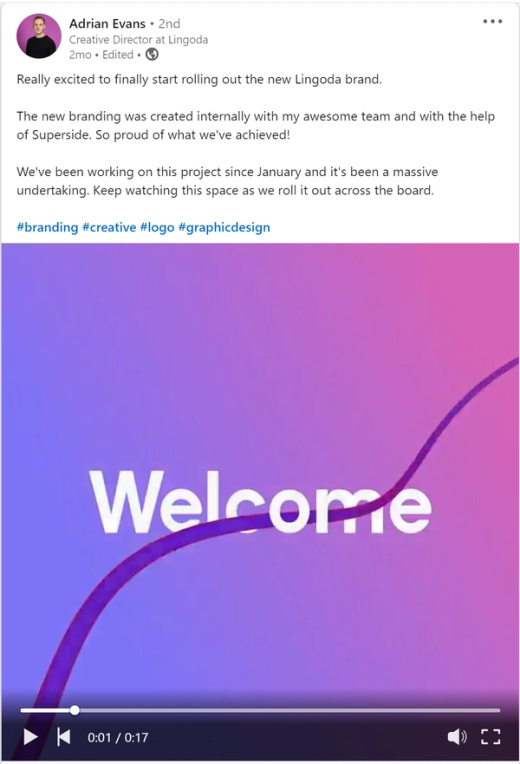
Elevate Your Brand to The Next Level With Superside's Branding Design Services
A good branding company can deliver any other assets you need to launch or refresh a business' brand. After developing or readapting your core brand identity design, they’ll have the competitive insights and brand guidelines to nail any other visual assets you need.
When you're approaching a potential design partner, remember to:
- Confirm the specific files they will deliver to you
- Ensure they use a collaboration platform where your team can comment on designs under review
- See what other processes they have in place to provide on-brand designs
If you’re interested in finding out more about Superside's enterprise branding services, schedule a call with our team to explore how we can work with you.
Emanuel is a Content Specialist at Superside. With the knowledge that three languages (and counting) and digital marketing can serve a creator, he has helped B2Bs from multiple industries to write, optimize and scale their content game with compelling pieces that answers questions and solve problems. On Superside, Emanuel streamlines content ideas into powerful articles that guides you on how to use Superside multi-powered services to scale your business to the max.
You may also like these
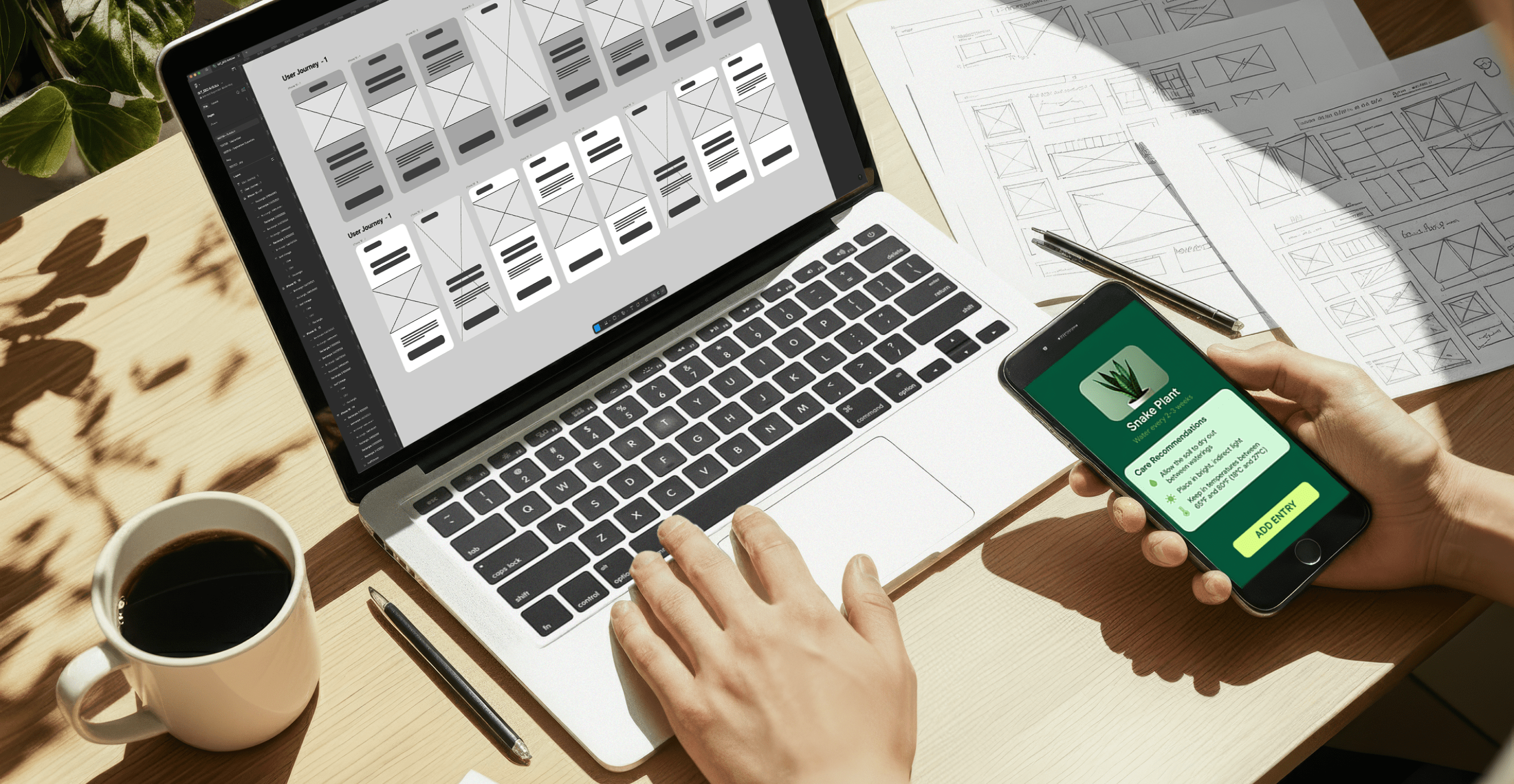
10 best product design companies of 2025
In a world flooded with digital products, the difference between a product that gets adopted by target audiences and one that gets ignored is design.Modern users are no longer merely satisfied with products that work. They seek intuitive, beautiful experiences and products they truly enjoy using. In sectors such as SaaS, consumer tech, healthcare and fintech, design shapes brand perception, product adoption, user engagement and, ultimately, loyalty.For enterprises and high-growth brands, the stakes are high. Every design misstep and delay could translate into lost relevance. Yet many in-house design teams have too little bandwidth to deliver products at the speed, scale and quality now required. On the other hand, traditional agencies move too slowly or aren’t built for the level of iteration modern tech enterprises require.This is where a top-notch, dedicated product design service can tip the balance in your favor. In this article, we unpack why great product design is a non-negotiable. We also share 10 product design companies that can help you create an in-demand, highly successful product.Why great product design is a competitive advantage for enterprise brands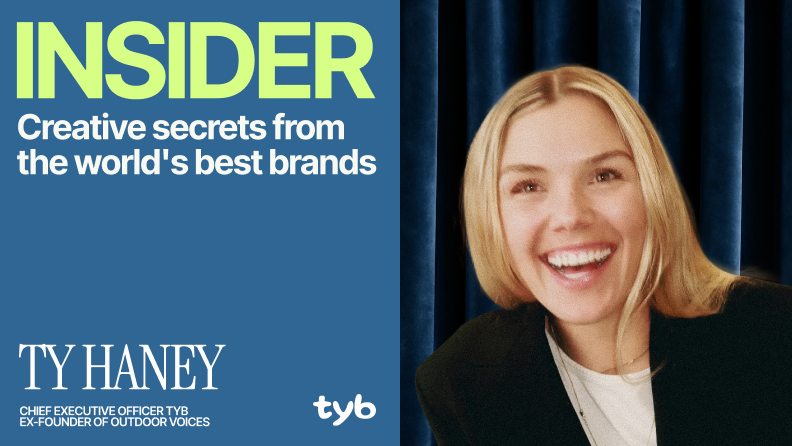
Why brands that build community get customers for life
Ads don’t seem to hit like they used to. Your customer acquisition cost is through the roof. And even when you do bring in customers, it feels like they’re only with you for a moment before disappearing forever. Some brands might be able to sustain their growth in these conditions, either because they have a massive war chest or their customers make massive transactions.But for most, there’s a better way to grow. By building a community and a fan base, you can get customers for life.At Superside’s Insider Summit, Ty Haney, three-time founder and current CEO of Try Your Best, shared how her approach to community has catapulted the brands she’s built to new heights—and how her latest venture has turned this into a business.What is community-led growth?In short? Shifting from acquiring customers to building a fan base. It means creating experiences that reward customers, granting them access to exclusive perks, and giving them something to get excited about beyond the transactional. It’s about giving them opportunities to become obsessed with your product and your brand until they become micro-influencers.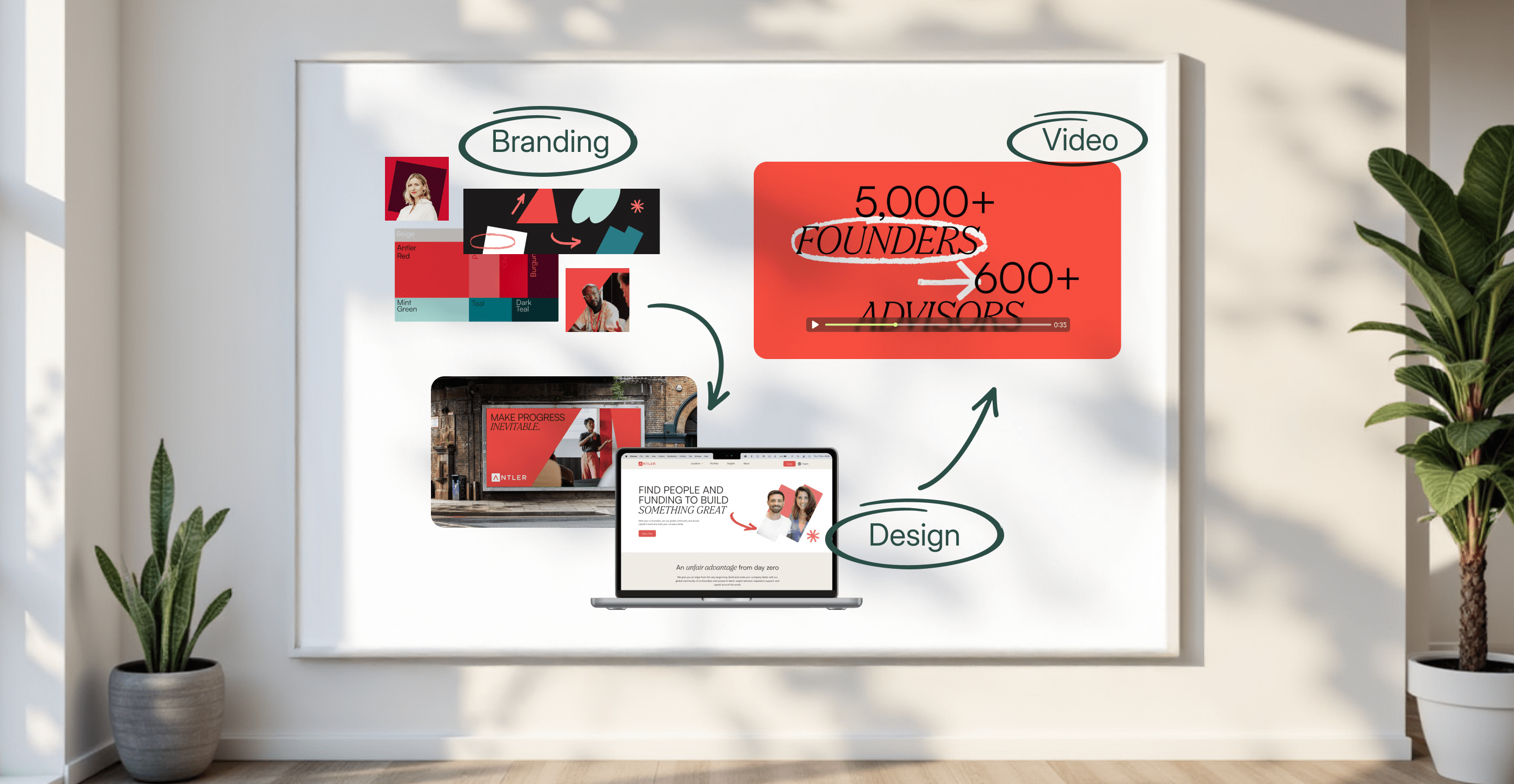
5 creative marketing services that change enterprises’ ROI in 2025
With digital advertising projected to bring in 73.2% of global ad spend, the pressure to consistently produce standout creative at scale is real. For a chance to connect with target customers, enterprise teams must now deliver high volumes of top-quality marketing creative across multiple channels.For most enterprises, increased output is only one part of the challenge. It’s usually just as tough to achieve consistency, speed and good results, especially if resources are limited. And limited they are: Our recent Overcommitted report confirmed that today’s creative teams simply juggle too much.Fortunately, many top marketing executives have come to realize their in-house creative departments can’t do it all themselves. Superside’s customers, for example, experience first-hand how a combination of strategy, data, AI-driven workflows and creative muscle can help them scale smarter, give bandwidth back to their teams and deliver a high ROI.Want to improve your creative production output and deliver eye-popping creative performance results? In this article, we explore what creative marketing is and how it can be applied in enterprise environments such as yours. In addition, meet the top creative marketing services that can help your enterprise achieve stronger results. Let's dive in!
